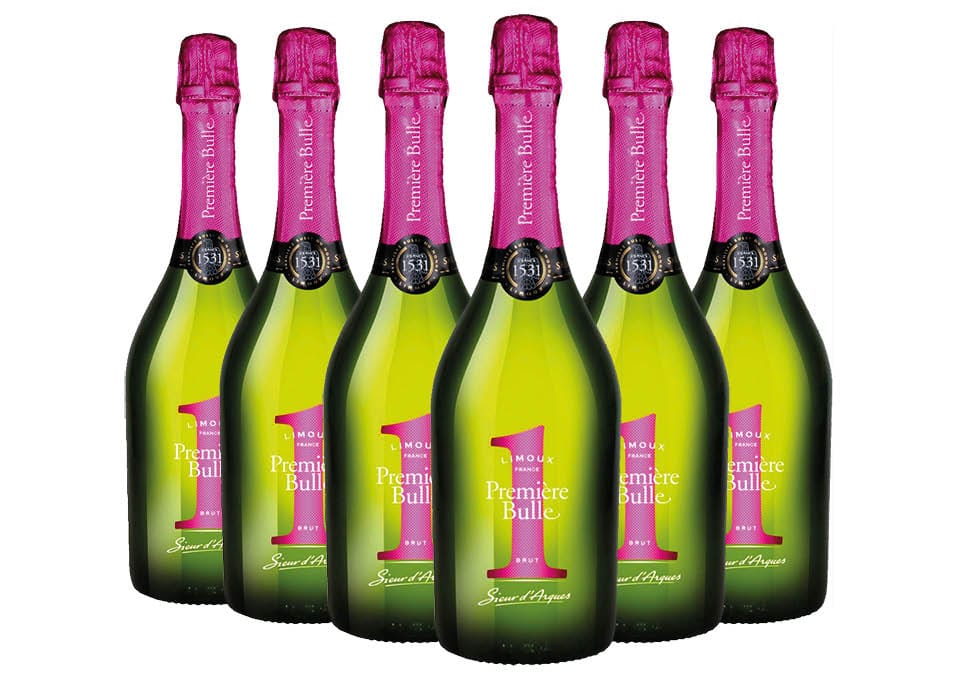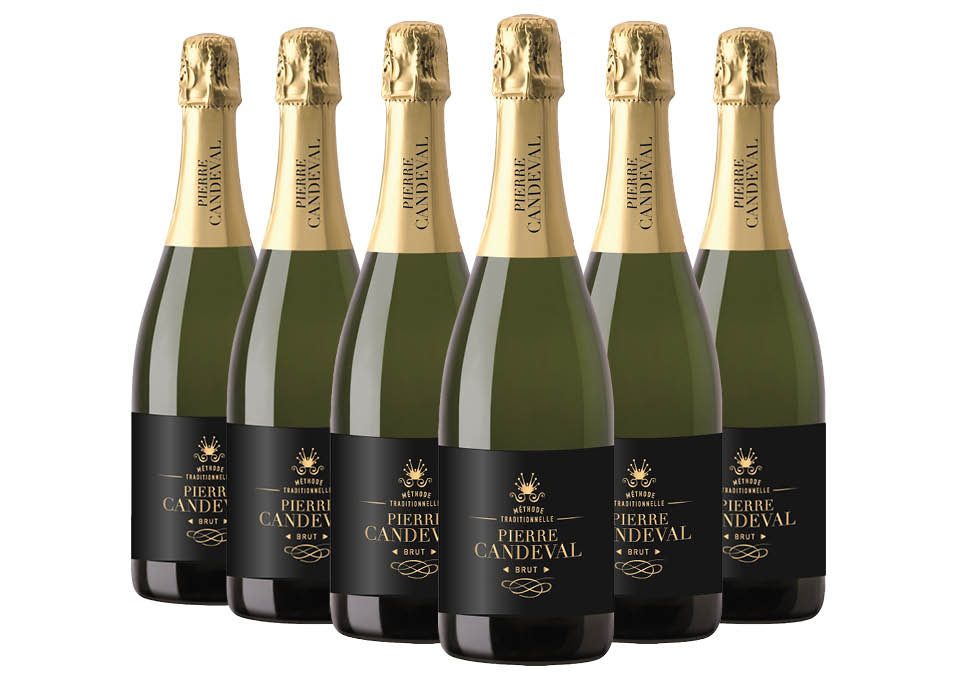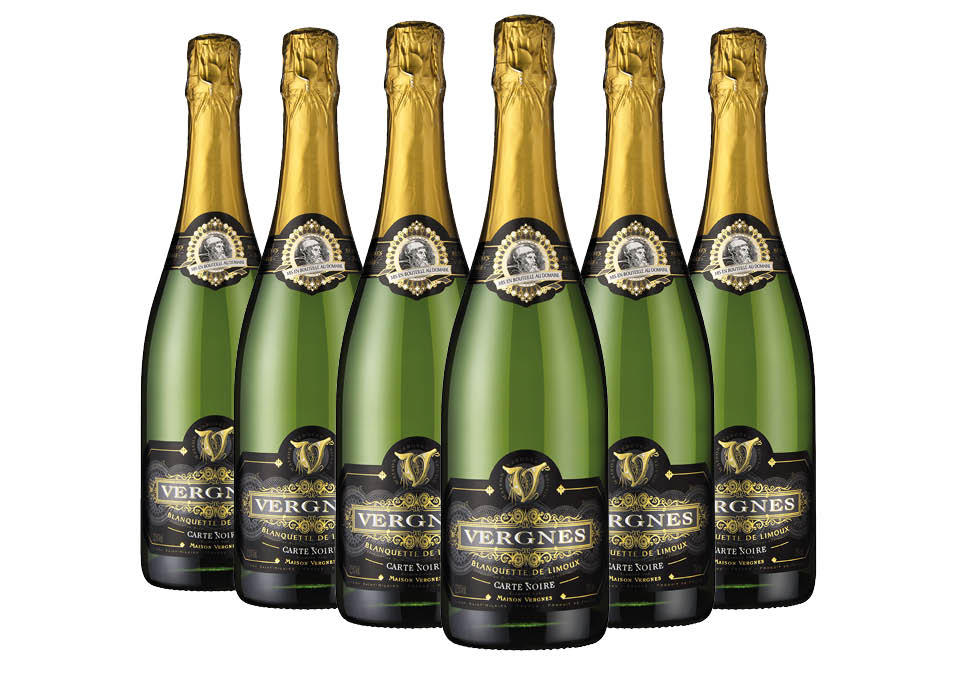Languedoc-Roussillon
Languedoc-Roussillon was born as an administrative region in 1980. Since 2016 it is included in the wider Occitania, after the merger with Midi-Pyrénées. Located near the Mediterranean coast, it extends north into the cities of Nîmes and Montpellier and borders Spain to the south. Inside it includes several appellations including the Côtes du Roussillon, Minervois and Banyuls as well as the Pays d'Oc PGI which can be used for wines produced in almost all of its territory. Languedoc and Roussillon are two different areas both from a cultural and geographical point of view. Culturally, Languedoc is more akin to the French tradition, while Roussillon shows clear Hispanic-Catalan influences. The region is overall hot and dry, with a Mediterranean climate, however the vineyards of Languedoc are concentrated more in the coastal plain while those of Roussillon are mostly perched on the slopes of the Pyrenees. The production is very varied and includes very different expressions: from the Blanquette de Limoux sparkling wines obtained from the indigenous Mauzac variety, to the rosé wines of the Côtes du Roussillon and the fortified reds of Banyuls. Unlike other regions favored by internal river transport, the demand for Languedoc-Roussillon wines only increased following the construction of the first railway system.


















